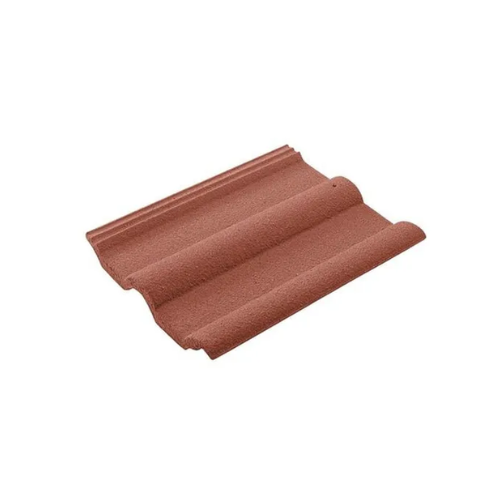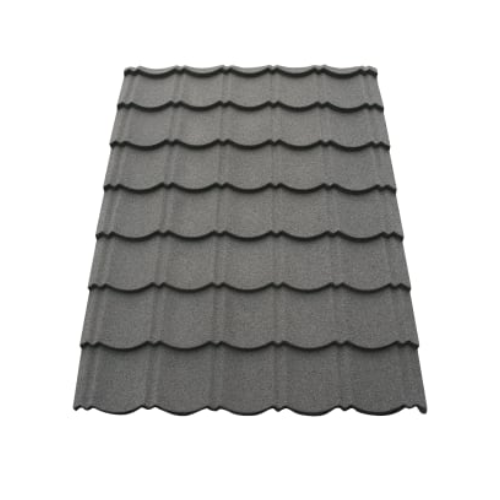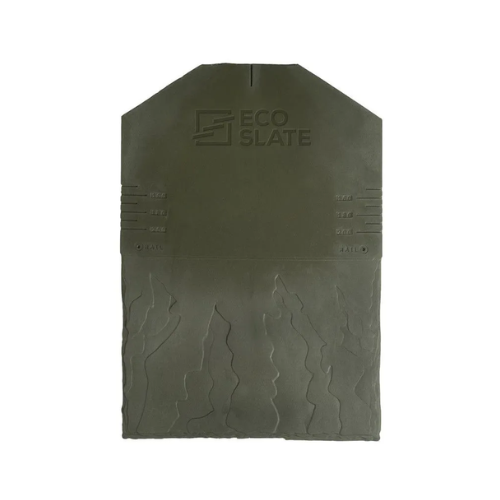How Much Does a New Roof Cost? From Pricing to What You Can Expect
A reliable, durable roof is a key player in your forever home — but how much will that set you back? The experts break it down for us
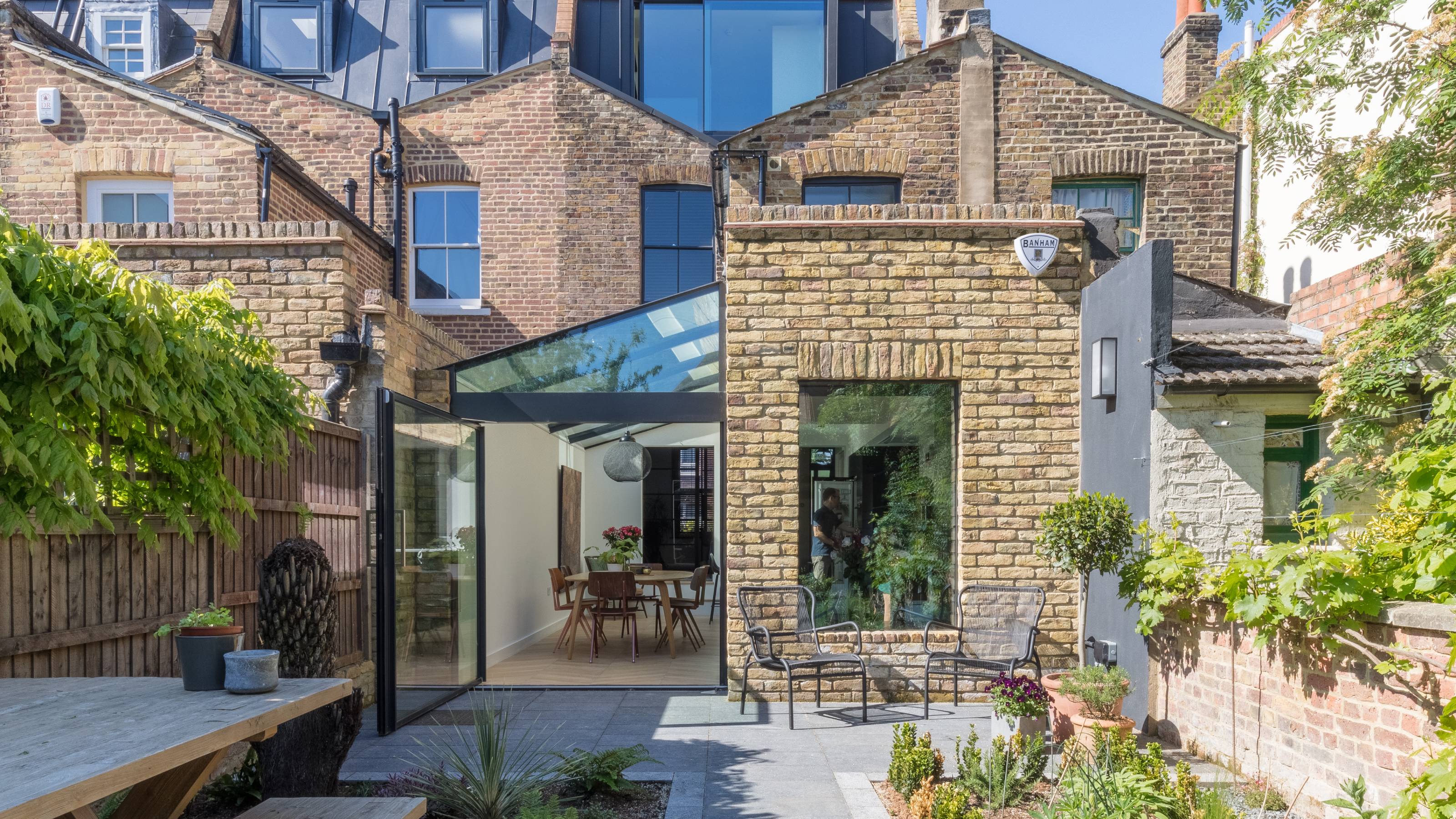

"So long as you have a roof over your head." But what about when that roof isn't up to scratch anymore? Eventually, there comes a time when your roof will need replacing, whether that be only partially or in its entirety. And when that time inevitably comes, it's best to be fully clued up about how much a new roof costs.
There's no denying it — replacing a roof is a major undertaking, but it's something you hopefully won't have to do more than once during the lifespan of your home. So if you're going to do it, you need to make sure you're doing it right.
There's a whole lot of decisions you'll encounter during the process, from the material to the shape of your roof — including the toss-up between flat vs pitched roof extensions. The answer to the question can be vague, depending on the scope of the work that needs to be undertaken, but according to experts in the construction industry, you're looking at around £7,000 on average.
How Much Does a New Roof Cost?
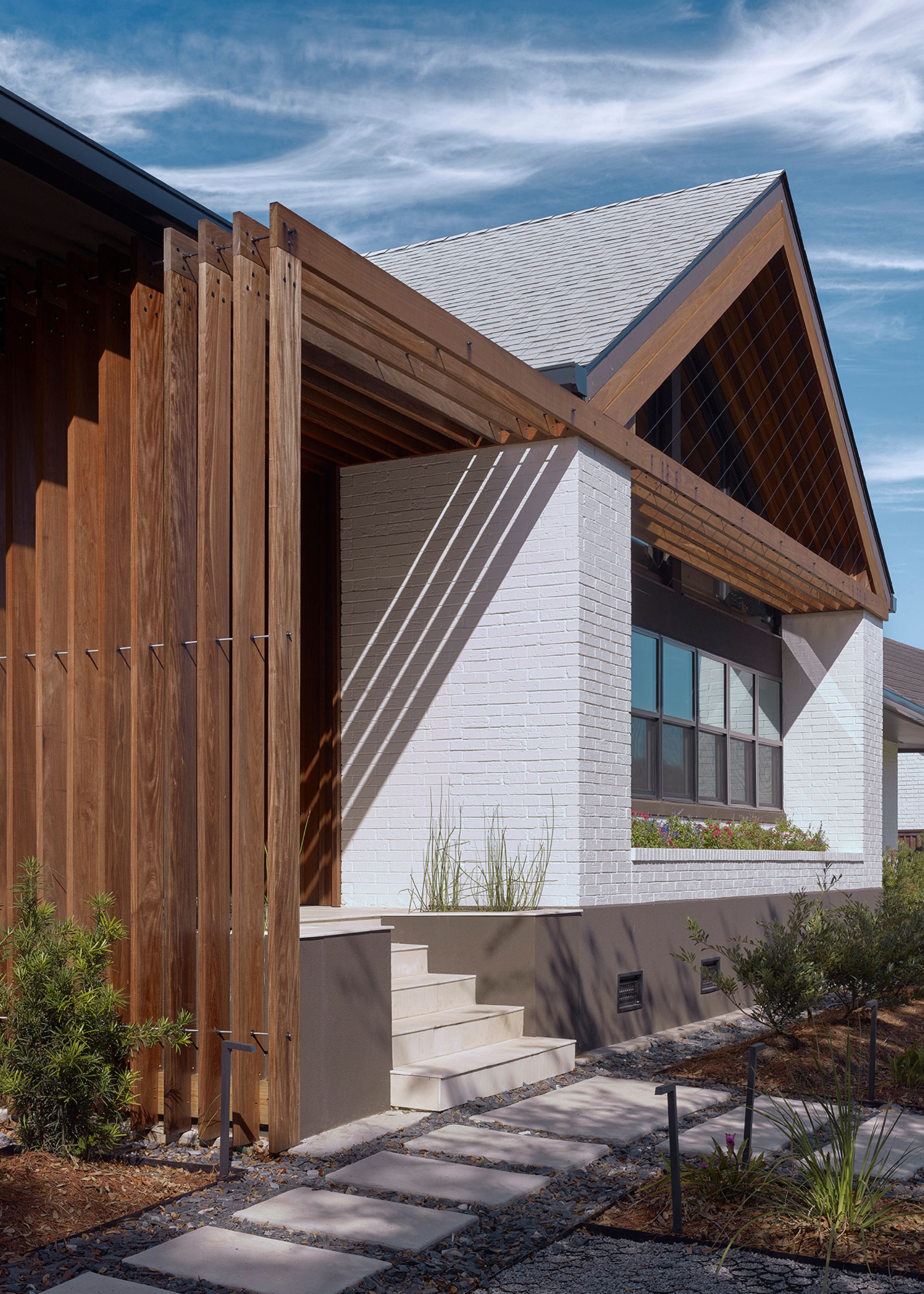
Typically, a hip roof will be the most costly roof type, followed by a gable, with a flat roof coming in as the most affordable roof shape.
As you may expect, there is no one-size-fits-all answer for this kind of question. The cost of your new roof will vary depending on a whole plethora of variable factors, including the material, size, and shape of your roof. However, there are certain rules to bear in mind when designing your new roof to ensure you get the best deal possible.
According to CheckATrade, the average roof cost in the UK is around £7000, with an expected range of anywhere between £120-£275 per m2, though, as previously mentioned, different roof shapes will vary in price.
"The cost to build a new roof does depend on the style of the roof as some are more complex than others," explains Gregory Smith from PriceYourJob.co.uk. "For example, a flat roof is reasonably straightforward, while a hip roof is a much more complicated structure and is normally a much larger area."
Gregory adds, "The average roof prices according to the Confederation of Roofing Contractors are: hip roof: £132 — £275 per m2, gable roof: £117 — £255 per square metre, and for a flat roof: £45 — £100 per m2."
The Livingetc newsletters are your inside source for what’s shaping interiors now - and what’s next. Discover trend forecasts, smart style ideas, and curated shopping inspiration that brings design to life. Subscribe today and stay ahead of the curve.
This vast range in price points can make it tempting to opt for one of the lower-range options, but, according to the experts, you'll get what you pay for. More often than not, higher costs are accompanied by higher-quality, or sustainable materials, which will result in a longer-lasting roof, so you won't have to go through this whole process again in a few years' time.
"Choosing higher-spec materials, adding extra insulation, or integrating smart technology might cost more upfront, but these choices can save thousands in future repairs and energy bills," says Mike Storey, roofing expert at UK Flat Roofing.
What Should You Consider First?
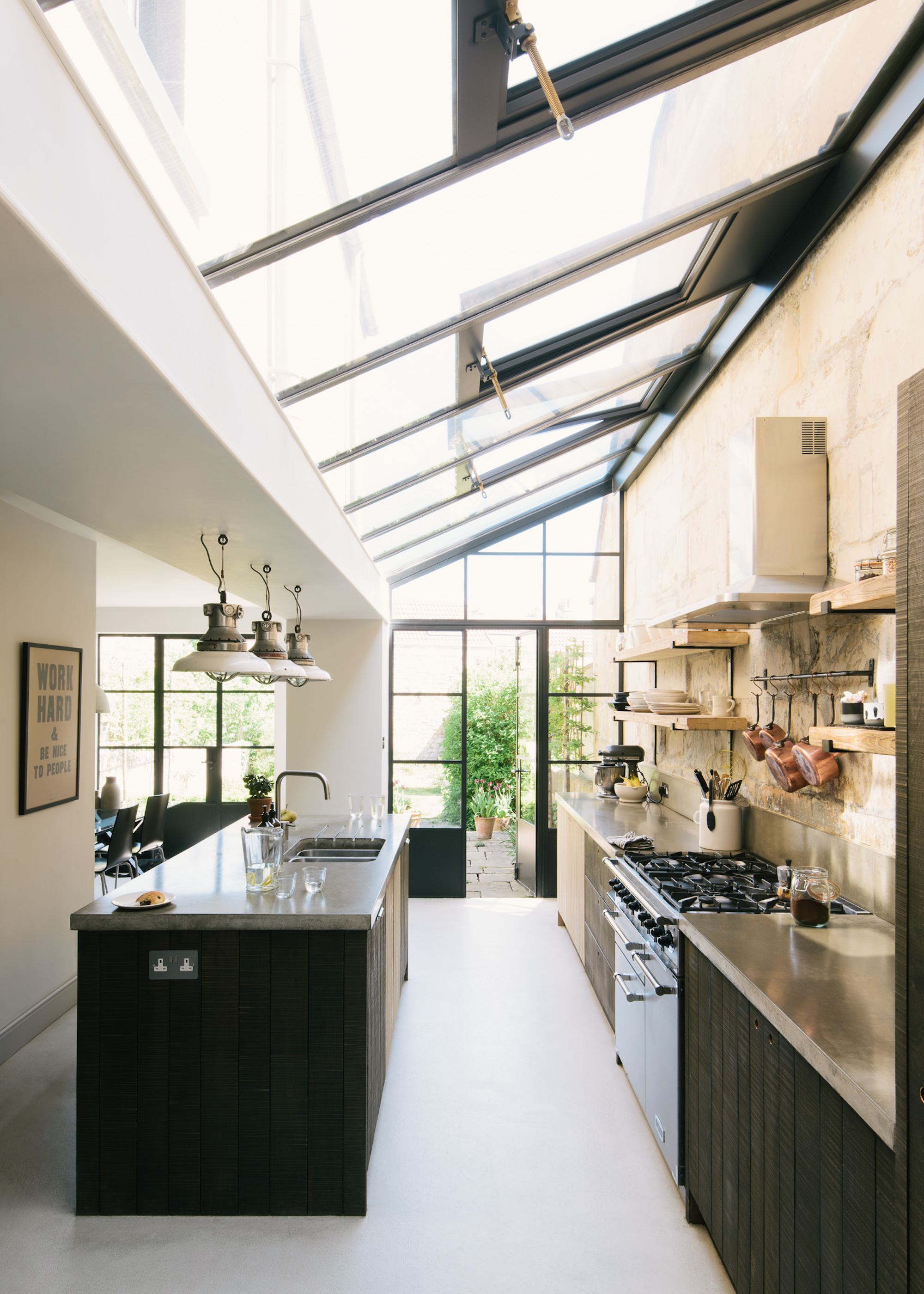
Consider the temperature and climate of your location when choosing your roof material.
The most important aspect to consider before beginning the process of building your new roof is the material you'll be using. Typically, asphalt has been the most popular roofing material, but recent years have seen a shift towards other, more unexpected materials.
Eric Black, from HomeHow.co.uk, says, "Metal roofs are growing in popularity. The most commonly used materials include zinc, Corten steel, and copper. These all develop distinctive patinas over time, giving your roof a stand-out, contemporary style. Not only that, but metal roofs are durable, lightweight, and suitable for low pitches."
This sleek, modern appearance offered by a metal roof can completely transform the look of your home, elevating a traditional design into something unexpected.
Eric continues, saying, "Metal roofs tend to be low maintenance, and you can choose between tiles and sheets. However, this type of roof is more specialist, so installation costs are higher and metal can dent."
Beyond material, one of the other crucial decisions you'll have to make will revolve around the contractor you choose to hire. To ensure you're choosing the right person for the job, we'd always recommend asking around and getting multiple quotes before committing to one company.
What Is the Cost of a Roof Removal?
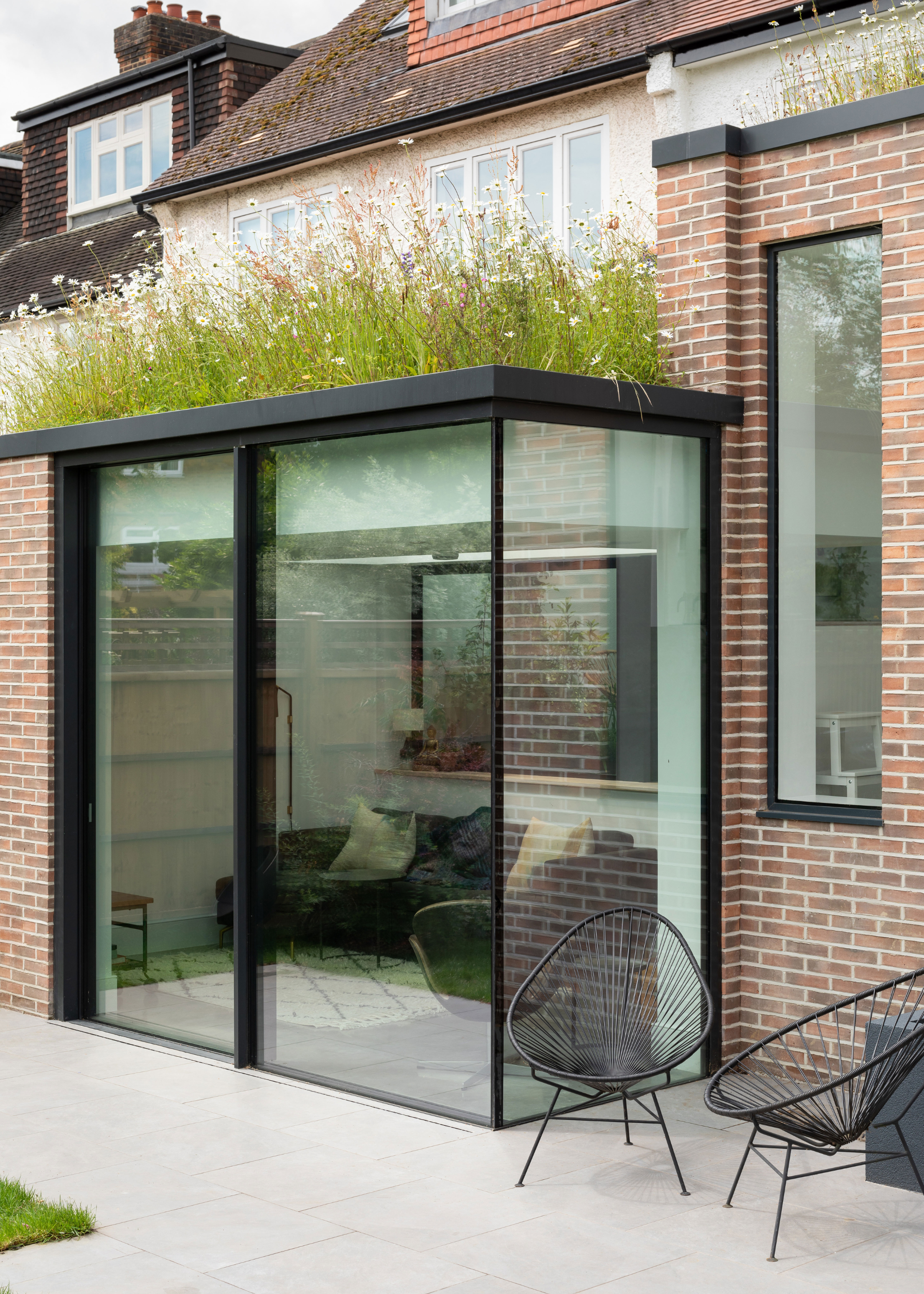
The process of removing a roof shouldn't take more than a few days.
Before you can get started with building your new roof, you'll first have to get over the hurdle of removing your original roof.
"The cost to just remove a roof without replacement will depend on similar factors as building a new roof, such as the size, style, materials, and location. The larger and more complex the roof, the more it will cost to remove," explains Gregory. "However, according to the Confederation of Roofing Contractors, the average cost of removing an existing roof is between £1,000 and £2,500, including the price of a skip."
While many contractors may include the cost of demolition in their final quote for the entire process, others may charge separately for this step. While it can be a disruptive process, it doesn't last long. If you can survive a kitchen remodel, you can survive this.
Now you know how much a new roof will set you back, it's time to consider the things you can do with that roof. One of our favorite home additions of all time is the endlessly appealing green roof, an excellent way to bring a new sense of life to your property.

Maya Glantz is a Design Writer at Livingetc, covering all things bathrooms and kitchens. Her background in Art History informed her love of the aesthetic world, and she believes in the importance of finding beauty in the everyday. She recently graduated from City University with a Masters Degree in Magazine Journalism, during which she gained experience writing for various publications, including the Evening Standard. A lover of mid-century style, she can be found endlessly adding to her dream home Pinterest board.
